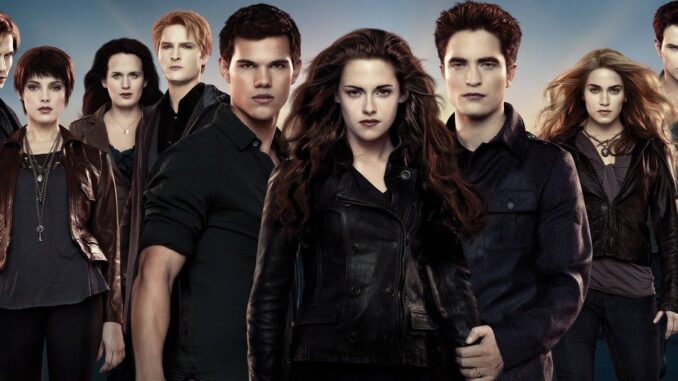
The Twilight Saga: A Story of Love, or Something Else Entirely?
The Twilight Saga, a cultural phenomenon that swept across the globe, is often lauded as a beautiful love story. At its core lies the relationship between Bella Swan, an ordinary teenage girl, and Edward Cullen, a centuries-old vampire. While the series undeniably evokes strong emotions in its readership and viewership, whether that constitutes a “beautiful” love story is a complex and hotly debated topic. To truly understand the perception of their romance, it’s essential to delve into the defining characteristics of their connection, and weigh them against conventional understandings of healthy love.
Many argue that the allure stems from the **forbidden nature** of their love. Edward, a creature of the night, is drawn to Bella despite the immense danger he poses to her. This “Romeo and Juliet” dynamic, fraught with peril and sacrifice, creates a sense of heightened drama and romanticism. The idea of overcoming seemingly insurmountable obstacles for love is a classic trope, and Twilight taps into this primal human desire. Furthermore, Edward’s **undeniable devotion** to Bella, expressed through acts of protection and unwavering affection, is seen as incredibly romantic. He is willing to forgo his own desires and even his existence to ensure her safety and happiness.
However, a critical examination reveals aspects of their relationship that challenge its “beautiful” label. Critics often point to the **imbalance of power** as a significant flaw. Edward’s age, strength, and supernatural abilities create a dynamic where Bella is perpetually dependent and vulnerable. This dependence, while portrayed as protection, can easily be interpreted as control. Furthermore, Edward’s **possessiveness** and controlling behavior, such as discouraging Bella from spending time with her friend Jacob Black, raise concerns about the healthiness of their relationship.
The idealized, almost obsessive nature of their love can also be problematic. The series emphasizes the idea of **complete and utter devotion**, to the point where Bella is willing to abandon her family, friends, and even her own humanity for Edward. This portrayal can be seen as promoting an unhealthy ideal of love where individual identity and well-being are sacrificed at the altar of romance.
Here are some key points to consider when evaluating the “beauty” of their love story:
- The Romantic Elements: Forbidden love, sacrifice, devotion, and a sense of destiny.
- The Problematic Aspects: Power imbalance, possessiveness, control, and an unhealthy idealization of love.
- Bella’s Agency: How much control does Bella truly have over her choices, given Edward’s influence and the narrative’s focus on his perspective?
Ultimately, whether the love story in The Twilight Saga is “beautiful” is a matter of perspective. While it undeniably possesses elements of classic romance and resonates with many, it also exhibits concerning characteristics that challenge its portrayal as a healthy and balanced relationship. The series serves as a potent example of how love can be both captivating and complex, and it invites critical reflection on the ideals and expectations we project onto romantic relationships. The love portrayed, while deeply felt, may ultimately be **more fantasy than reality**, relying on unrealistic scenarios and power dynamics. Therefore, the true beauty of the “Twilight Saga” love story rests not in its flawless execution, but in the discussions it provokes about love, identity, and the sacrifices we are willing to make in the name of romance.
